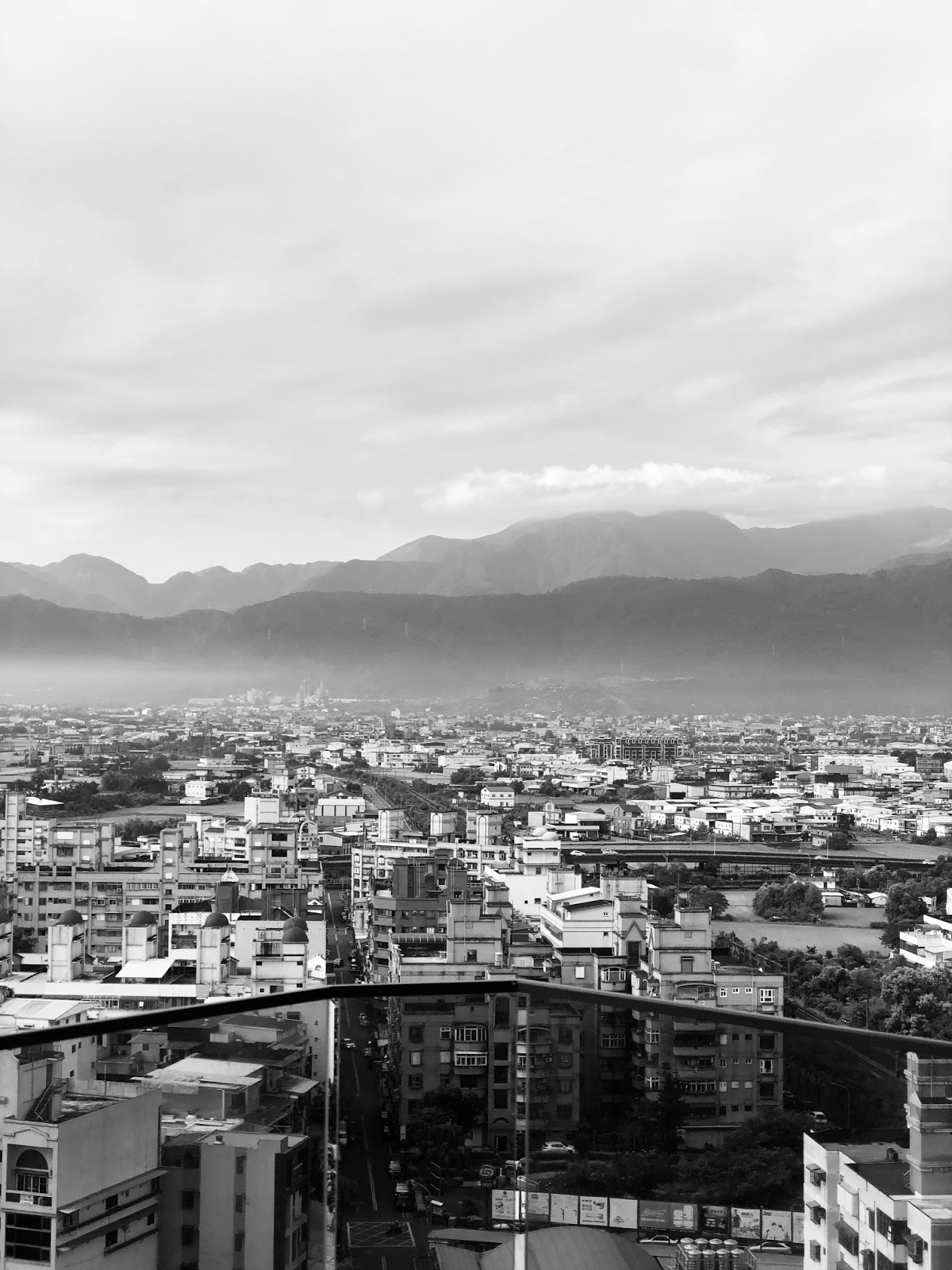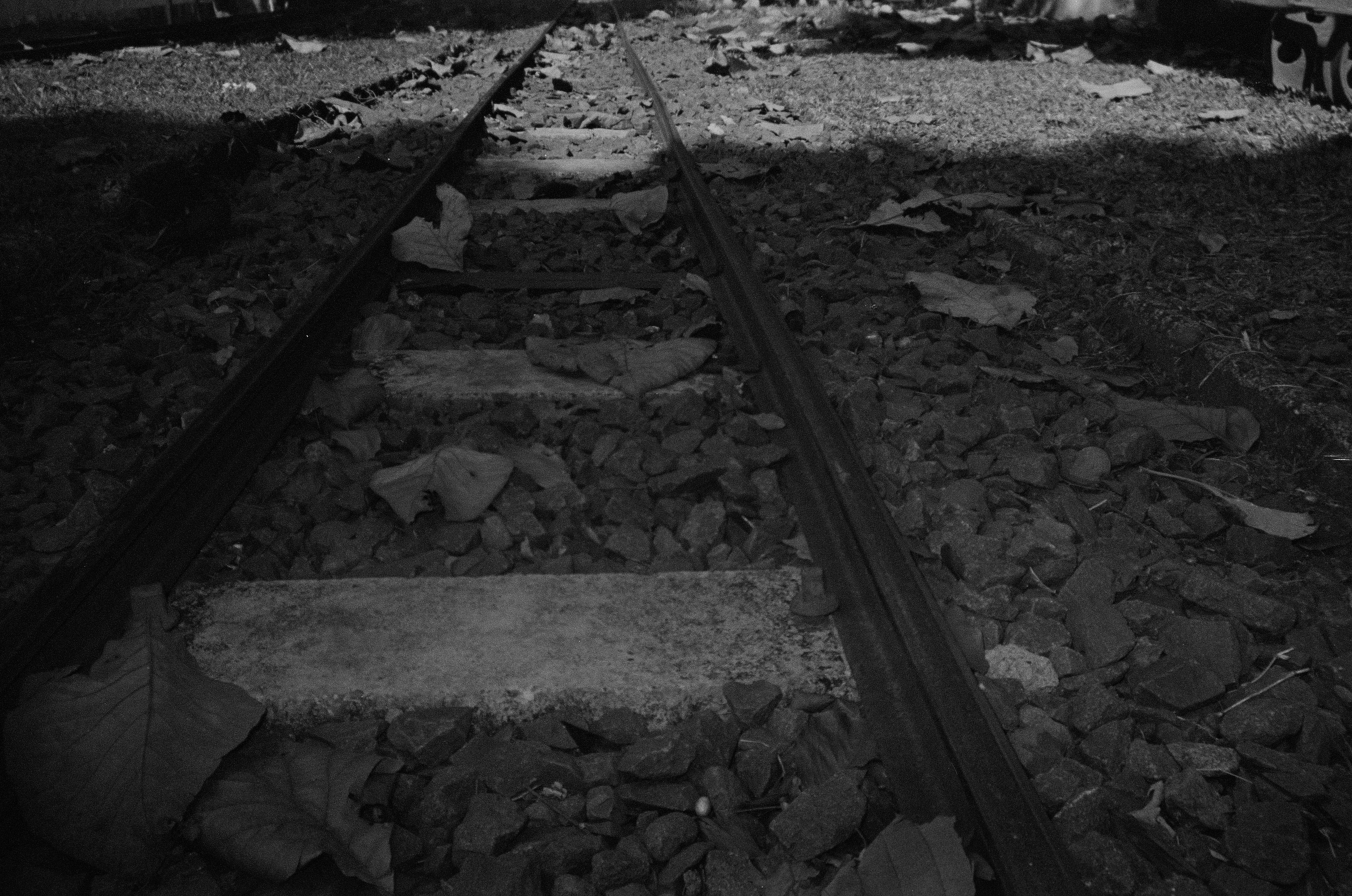How It Ryhmes: Pandemic and Skeptic
 |
| Luodong Township, Taiwan, 2019, taken by Jessy Ismoyo |
It was 2 am and I could not sleep, I tried to read a book but I got bored, so I thought why would not I write or re-write something about this pandemic with Otis Redding as music background? Religion, they said, gives comfort, something to lean on to, to ignite your soul, to carry on everything life has been weighing you. I open this writing with a skeptical statement on how pandemic actually released the plague within us, that corrupted humanity. Well, I don't know. I might be wrong, so that is why I write this down. They said, journaling would make the venting or ranting or spiralling down better. Here I am, trying. Today is day 30-something-I-stop-counting, and I look up to something that I can post online. So this is a brief writing with so many shortcomings that showed how poor my writing and reading skill since the pandemic started. Anyway, speaking of religion and pandemic, question that arise is how the two things relate to each other? What does that have to do with our way of living nowadays? I tried to answer the first one while contemplating on the latter.
Louis Marshall studied about religion and pandemic in specific HIV/AIDS case in United States. He found that both were related in the extent of religious groups’ engagements. That is to say, the correlation lies on the activities of each religious denomination. Marshall stated that followers of each religion would express themselves with their groups or denominations wherewith their religious viewpoints showed their perspective of the pandemic that in light of their religion. This proves the position of each follower have that might influence the expression of which denomination they are belong to. In so doing, their positions have often within the realm of private attitudes, but it manifests in public comments and actions. In that context, religion and religious groups somehow have impact that affect broader public response. But another question arises, does it mean that it can also influence public and health policy? Marshall, in his study, concluded that policy makers did not enlist the support of religious groups. Did the same thing happen to Indonesia? Or, on the top it, the existential question pulled out, Did the same thing happen to me, judging how some might associate me with some parts of my identities?
While Marshall discussed about HIV/AIDS in United States, in his online webinar, Chandra spoke much about the 1918 influenza pandemic in Java, to be exact. In his recent lecture, he even explained what lesson could be taken for the current COVID-19 pandemic. Although, in my reading, I did not find any religious aspects worth-mentioning in his study. He simply tried to see how the pandemic spread in Java and why was that it was so severe in Indonesia back in the 1918. He tried to look up the population and sensus around that time and calculating the gap. In doing so, he would estimate the population loss in Java. He found that there was severe undercounting of deaths during that time, so he estimated around 4 million in Java alone, but that including elevated deaths and reduced births – if we only took the mortality rates by the pandemic, it would be around 2.5 million. In addition to that, he argued, the pandemic evolved because of three causes namely, epidemic velocity, duration of pandemic wave and peak of excess mortality that caused by nutrition and population density.
It brought an answer to his next question, the pandemic was so severe in Indonesia because its population density was to high. According to his research, the outbreak started in “Pasar” (Large Market) where the interaction happened so often and people was so populous, and the spread was followed by transportation routes. In my opinion, there was probably the link between the religious issue with the pandemic in terms of ‘cosmopolitan’ – by stating that it started from ‘Pasar’, that probably pinpointed to the ‘trade’ that happened during that time. Although, I have no further proof of how the pandemic affect the migration, but I suspect that the virus was carried by some traders since Java was the biggest trading center in that time. For example, Chandra mentioned about the spread pattern that supports his argument about transportation routes, as he cited van Steenis study as follows: “Moreover, with a few exceptions, it appears that the outbreak starts close to the large markets (Pasar) and develops around them. This is very important. Everyone knows the markets, which thousands of natives visit twice a week, swarming closely together. There could be no better opportunity to allow the infection to spread quickly and effectively.” I found it very interesting how he drew the spread in Central Java from 10 October 1918 to 7 November 1918, proving that it started from Magelang and Muntilan as it was central market and it had been spread through its transportation routes in the next following weeks to Kajoran, Mendut, Ngluwen (week 2) and Salaman, Kalisasak, Krasak in week 3, as Magelang, Muntilan and Ngluwen became red zone for the most infectious areas. After that, in week 4, the spread deployed to Windusari, Kaweron, Secang, Candimulyo, Bandangan, Kaegen, Grabag, Salam and Sawangan. Then, would this COVID-19 be have the same pattern of spreading?
With a lot of confusion going on my mind, I would rather close this writing, I probably would refer to what Chandra spoke about the lessons we could learn from previous pandemic, first the realization that we do not have nutrition gap as before and there is better technology communication about the pandemic and all is helping to cope with the COVID-19. Nevertheless, we have to focus to relax restriction of movement, by means, to do massive testings as action of surveillance during the COVID-19 pandemic. The government already did the lockdown, movement restriction, while trying to improve the healthcare. Second, this leads to the answer of the question above, that in Indonesia, policy makers precisely enlisted the support of religious groups. As we can depict, for instance Majelis Ulama Indonesia (MUI) released several fatwas regarding to the lockdown and movement restriction towards Ramadhan and Eid Al-Fitr, Persatuan Gereja-gereja di Indonesia (PGI) also issued similar announcement that invite each congregations to worship from home, restrict their movement and obey the government regulation regarding to the COVID-19. Lastly, from what I know, Tzu Chi Yayasan Buddha Indonesia, offered to help with giving rapid tests, give a hand with medical aid tools, and give announcement to as well restrict all movement. This can be seen as healthcare improvement as it would help to accelerate government’s movement to flatten the curve. Last question, does religion help to make it better or worse this time? I hope it will be the first one. Hope, is a dangerous thing, after all. But, we will see. We will see.
With hope,
Jessy Ismoyo



Comments
Post a Comment